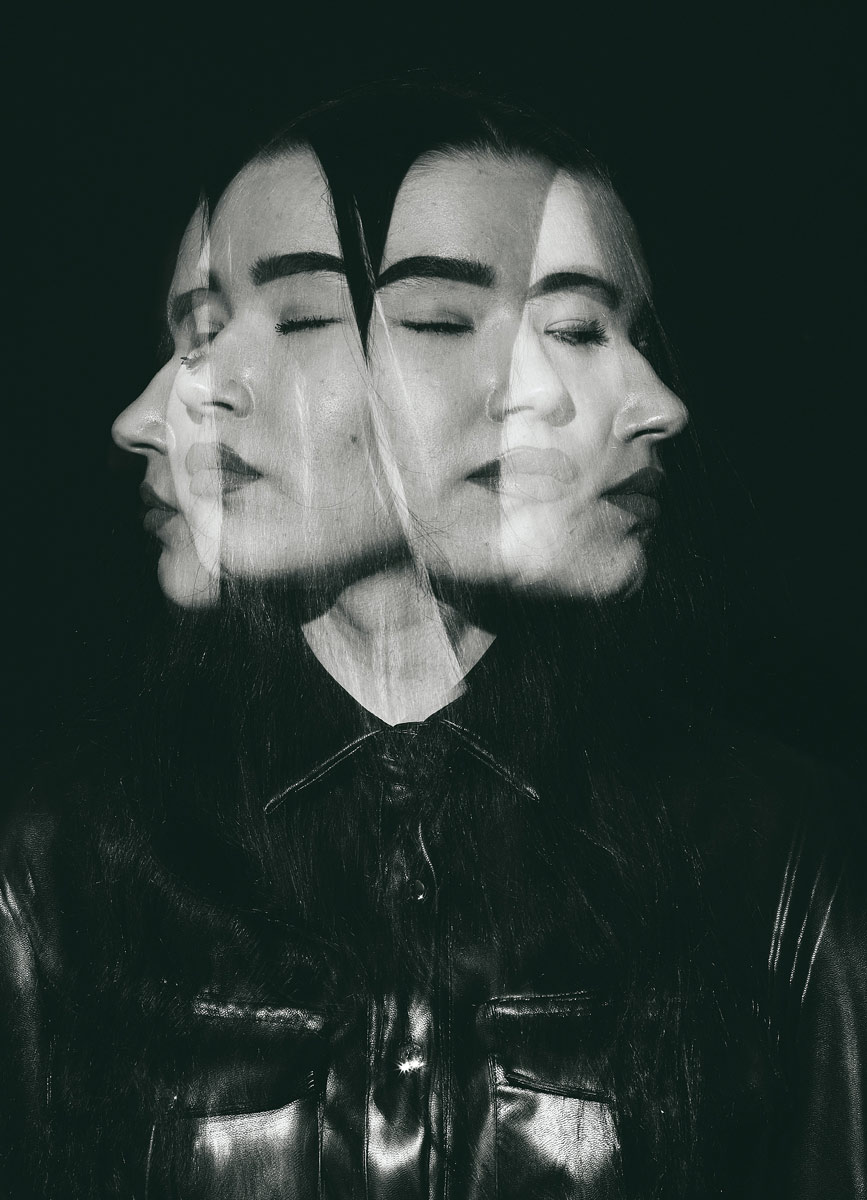Double exposure in conceptual photography
Double exposure in conceptual photography is a technique that involves merging two or more images to create a single, layered composition. It is a creative approach that allows photographers to convey complex ideas, emotions, or narratives by blending different elements together. Here’s how double exposure can be utilized in conceptual photography:
Symbolic Layering in double exposure
Double exposure allows photographers to combine multiple images with symbolic meaning to convey deeper concepts or ideas. By overlaying relevant symbols or elements, photographers can create visual metaphors or juxtapositions. It enhances the conceptual significance of the image.

Narrative Storytelling with double exposure
It can be used to tell stories or depict narratives in a single image. By merging images that represent different moments or aspects of a story, photographers can create a visual narrative. It captures the essence of a concept or emotion.
Blurring Boundaries in double exposure
Double exposure blurs the boundaries between different subjects, scenes, or realities. This technique can represent the interconnectedness of different elements, explore the blending of identities, or challenge conventional notions of reality. By merging disparate elements, photographers can create a sense of intrigue and mystery.
Emotional Expressiveness
It can evoke powerful emotions by combining images with contrasting moods or atmospheres. By merging images with opposing emotional qualities, photographers can create a sense of tension, harmony, or even cognitive dissonance. It leads to thought-provoking and emotionally resonant compositions.
Visual Poetry
You can use double exposure to create visually poetic images. By layering images evokes strong visual or emotional responses. Photographers can craft compositions that go beyond literal representation and create a sense of visual harmony and rhythm.
Self-Reflection and Identity
Photographers can utilize double exposure as a means of exploring personal identity and engaging in self-reflection. By merging self-portraits or images that represent different aspects of oneself. Photographers can visually express the complexities and layers of their own identity. They delve into introspective themes.
Conceptual Blending
By overlaying images that represent different concepts, photographers can create thought-provoking compositions that encourage viewers to consider the relationships between seemingly unrelated ideas.
Surreal Imagery
Double exposure lends itself well to creating surrealistic and dreamlike imagery. By combining unexpected or unconventional elements, photographers can transport viewers into a realm where reality and imagination coexist. It allows for poetic interpretations and imaginative exploration.
When incorporating double exposure in conceptual photography, photographers must meticulously contemplate the merging of images, giving careful consideration to their symbolism and ensuring visual coherence. They have to plan about the contribution to the overall concept or narrative. The technique offers a versatile and visually captivating means of expressing complex ideas, emotions, or stories. It allows photographers to push the boundaries of visual storytelling and engage viewers in a unique and compelling way.
